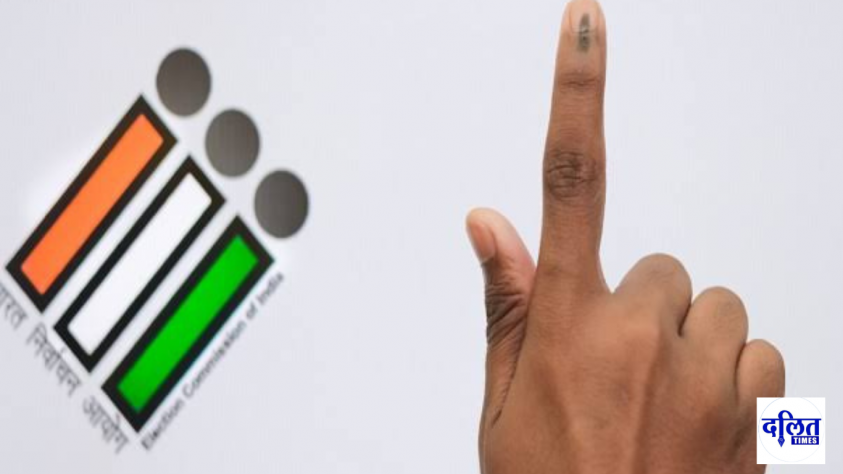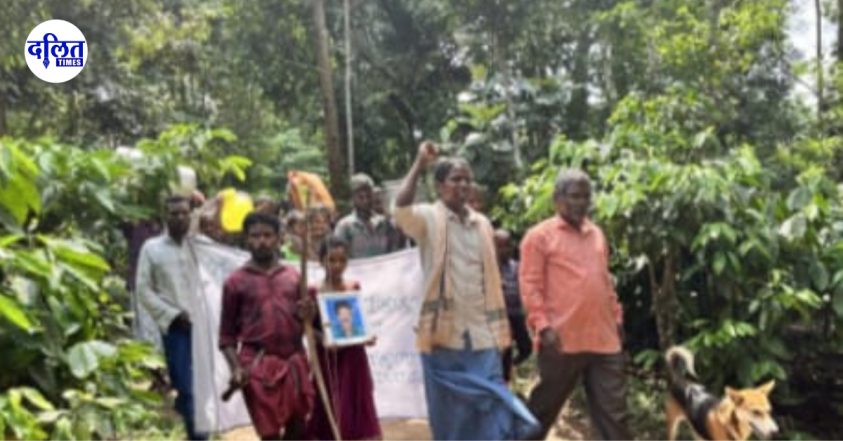Haryana Election: Haryana, often perceived as a land dominated by Jats, is home to a significant Dalit population, particularly communities like Chamar, Dhanak, and Valmiki. Jats make up about 26-28% of the state’s population, yet their political Influence is immense, historically dominating the political landscape. These communities are poised to have a significant influence, particularly in approximately 80 out of the 90 Assembly constituencies.
Jat Influence and Legacy in Haryana Politics
Since the state’s formation in 1966, Jats have maintained a disproportionate influence on
Haryana’s politics, even though their population size is comparable to that of the SC community. Out of the state’s 58 years, Jat leaders have held the Chief Minister’s office for 33 years. Key political families, such as those of Devi Lal, Bansi Lal, and Bhupinder Singh Hooda, have played pivotal roles in shaping the political dynamics of the state.
Jats, with their dominance in 36 constituencies, remain a critical factor in the upcoming elections. However, their historical dominance is being increasingly challenged by emerging Dalit political assertiveness, especially as more Dalit voters align themselves with parties like Congress, seeking representation and policies that address their socio-economic challenges.
Growing Dalit Influence
The Dalit community’s electoral significance has steadily grown over the years. In the 2019 Assembly elections, Dalits shifted their political allegiance from the BJP to Congress, contributing significantly to Congress’s success in several key constituencies. The shift in Dalit votes was driven by dissatisfaction with the BJP government, particularly after the Jat reservation riots of 2016, during which Dalits felt marginalized.
Dalits constitute nearly 20.2% of Haryana’s population and have a strong presence in reserved constituencies. With 17 of the 90 Assembly seats reserved for SC candidates, the Dalit vote Is crucial for any party aiming for a majority. Recent voting trends suggest that Congress is making significant inroads in Dalit-dominated areas, while the BJP struggles to retain its grip, largely due to perceived neglect of Dalit concerns and a failure to effectively implement key welfare schemes.
Political Parties’ Strategies
Congress is capitalizing on the discontent among Dalits by promoting leaders like Kumari Selja, a prominent Dalit leader, who is seen as a strong candidate for the Chief Minister’s position. The party has also aligned its narrative with pro-poor and pro-Dalit policies, as evidenced by Rahul Gandhi’s speeches and the focus on issues such as social justice and economic empowerment
On the other hand, the BJP, which once successfully united upper-castes, OBCs, and Dalits under its banner in the 2014 elections, has been facing challenges in maintaining this coalition. The party’s declining vote share among Dalits reflects growing dissatisfaction,exacerbated by high inflation, unemployment, and inadequate implementation of welfare programs like the ‘Parivar Pehchan Patra’ initiative.
The BJP Is attempting to regain ground by introducing policies such as a ‘quota within
quota’ for SC sub-castes and accelerating welfare programs targeted at marginalized communities. However, it remains to be seen whether these measures will be enough to reverse the negative swing in Dalit votes that contributed to its poor performance in the 2019 elections.
Also Read: Savitri Bai Phule: The First Woman Who Taught a Nation
The Role of Dalit and Jat Voters in the Upcoming Elections
As Haryana heads into the 2024 elections, the balance of power between Jat and Dalit voters will be critical. Jats will continue to influence the political landscape, but the rising political assertiveness of the Dalit community may shift the electoral equation. Dalits have a significant presence in nearly 80 of the 90 constituencies, making their votes essential for any party aspiring to form the next government.
The Congress party, with Its consolidated Jat and Dalit support base, appears to have an advantage going into the elections. However, internal factionalism within the party and potential fragmentation of its vote base could pose challenges. Meanwhile, the BJP faces an uphill battle as it seeks to rebuild its support among Dalits while managing its fractured relationship with the Jat community.
The 2024 elections will serve as a litmus test for both parties, highlighting how effectively they can appeal to Haryana’s diverse population and address the socio-economic issues that matter most to voters, particularly those from marginalized communities.


